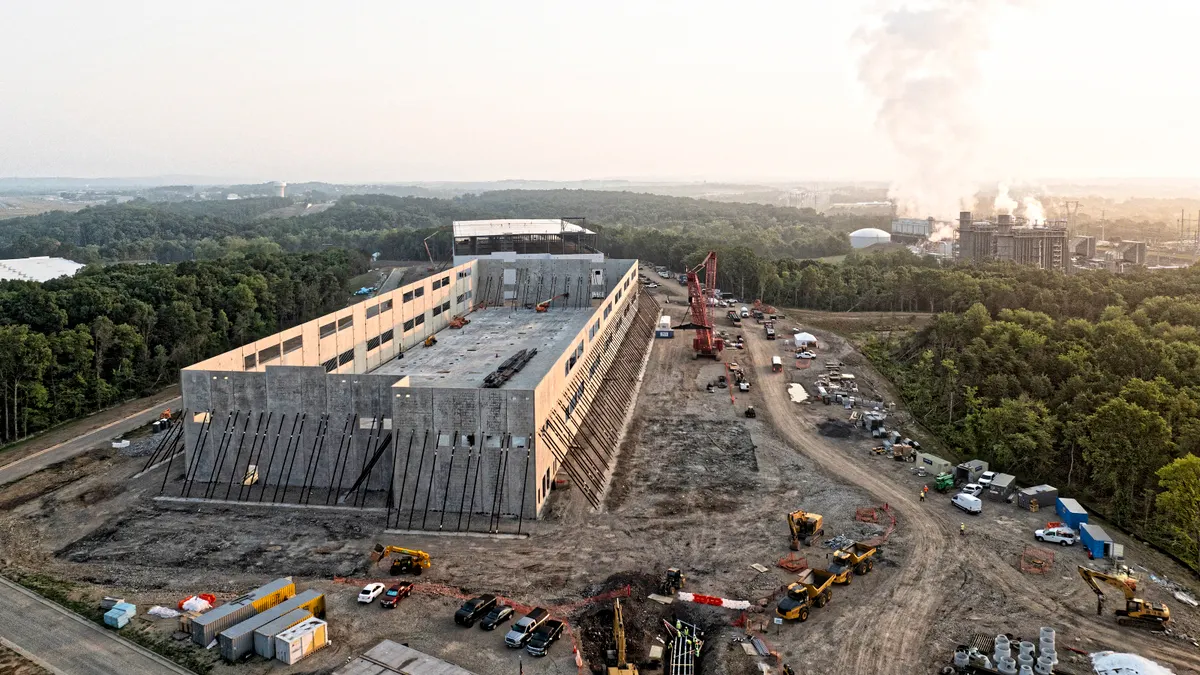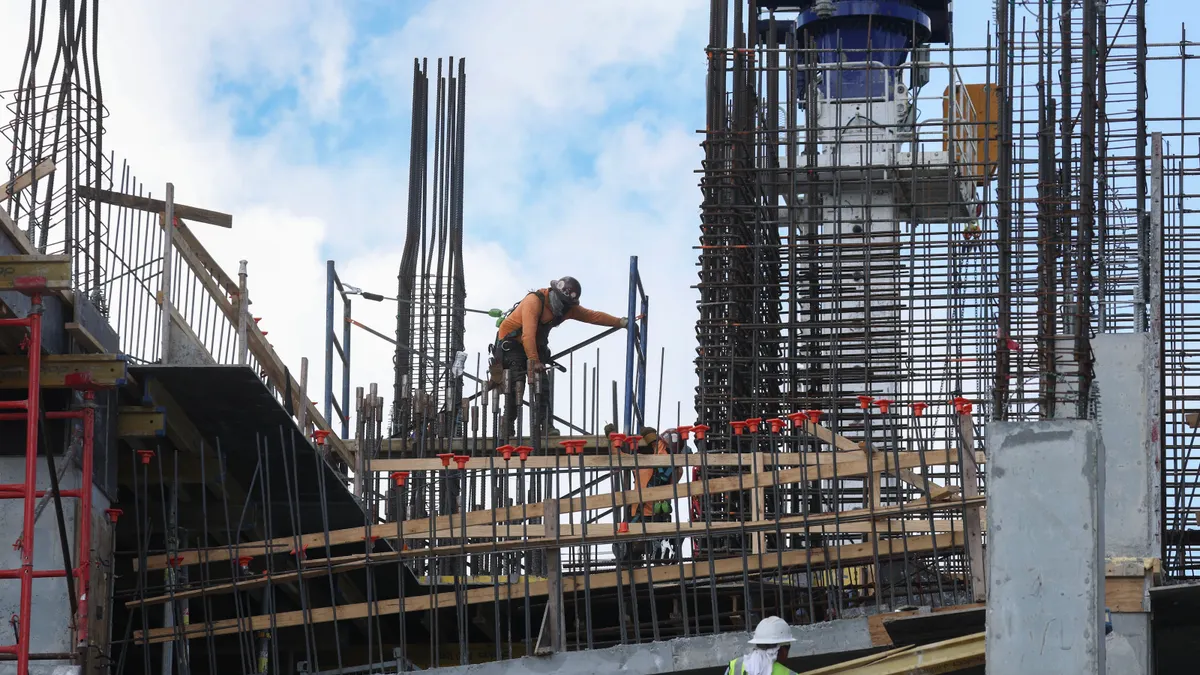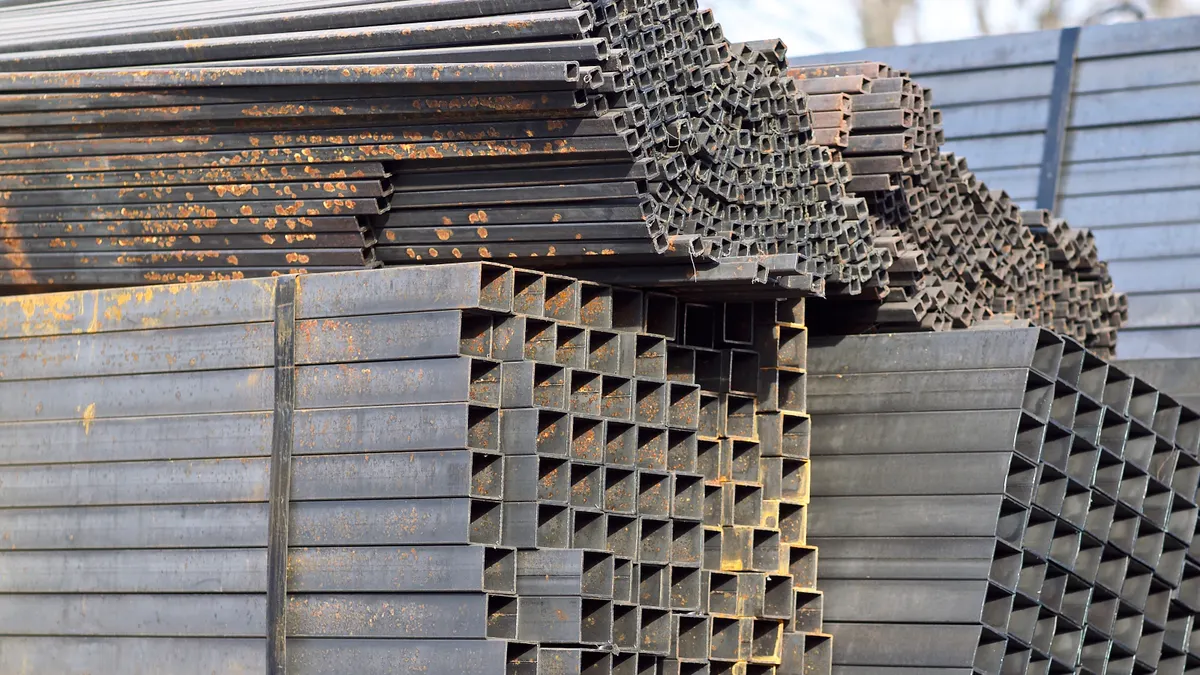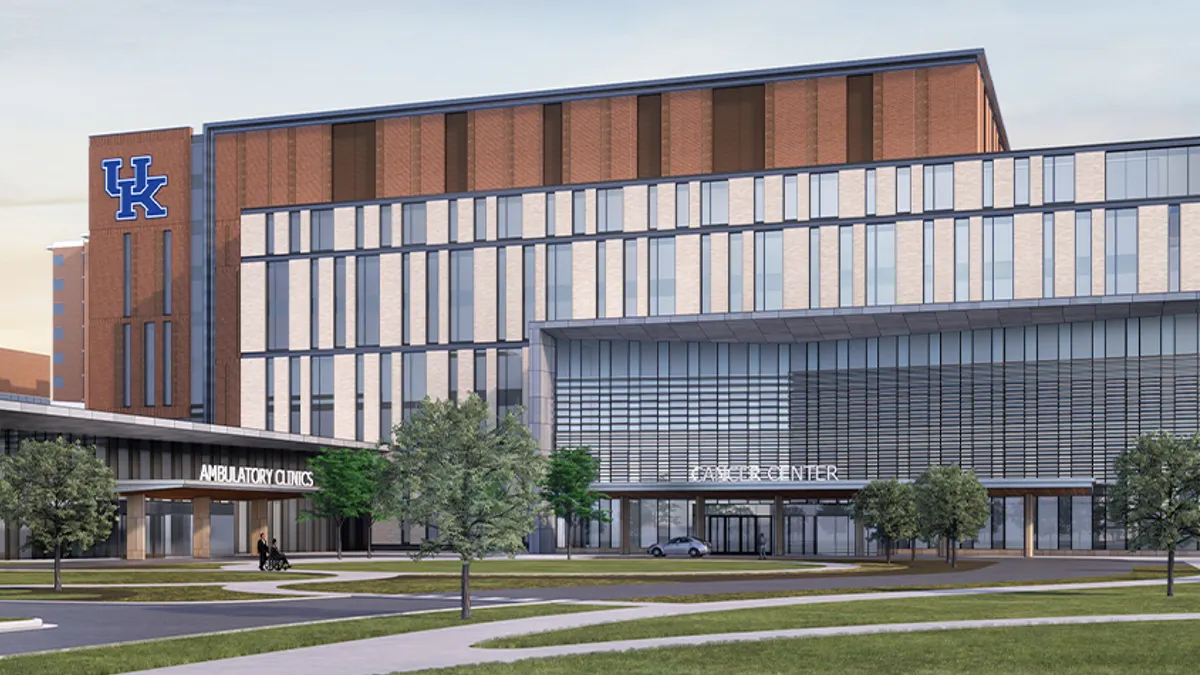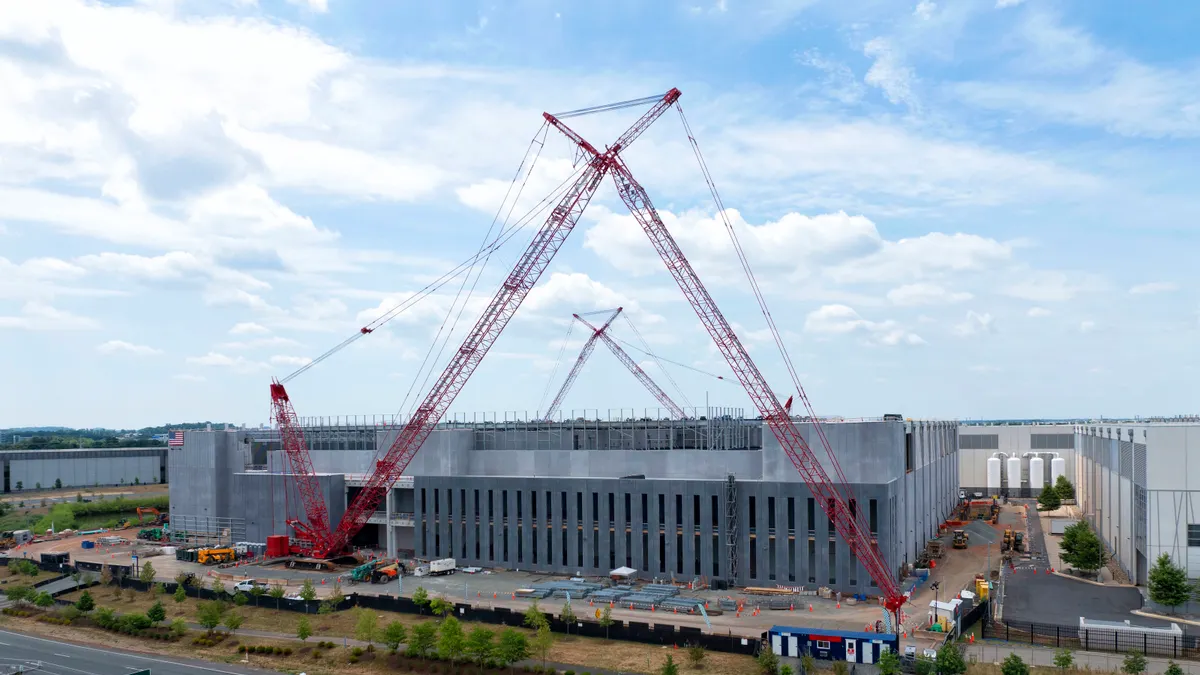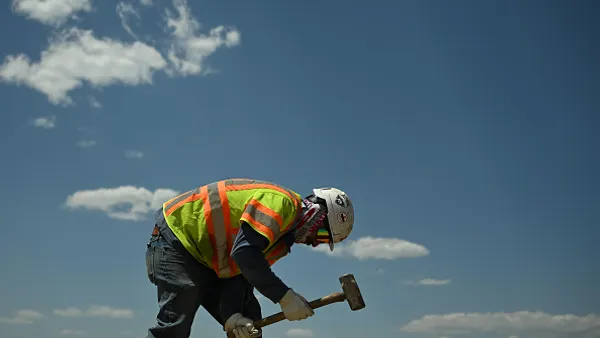Despite the roller-coaster ride that housing has taken over the past few years, all signs point to a strong finish to 2015.
While forecasters are keeping an eye on tight for-sale inventories, climbing mortgage interest rates and a bit of inconsistency from month to month in home values and sales, they seem to agree that conditions are right in all regards for the second half of the year.
Researchers at Capital Economics have predicted home sales will average at least 5.7 million this year, and then rise to approximately 6 million by the end of 2017 — housing’s most-impressive performance in 10 years.
Four factors — demand, mortgage rates, inventory and prices — are lining up in housing’s favor, economists are saying. In its July U.S. Housing Market Monthly, Capital Economics researchers outlined why.
Demand
Against a backdrop of stronger consumer spending and lower jobless claims this spring, sales of new homes reached a near eight-year high in May and purchases of existing homes climbed to their highest level in six months.
Part of that demand is coming from tenants who have become homebuyers after tolerating several years of ever-increasing rents.
A study last week from RealtyTrac found that buying remains a better deal than renting. Still, tenants report having a hard time saving for down payments as they pay high rents and repay student loans.
Also, household formation has picked up since the beginning of the year, which is a sign that more young adults — so far reluctant to become homeowners — could be ready to make their first property purchases. Still, homeownership plunged to a 22-year low in 2014, and Harvard’s Joint Center for Housing Research noted in a June report that the rate of homeownership has declined for eight consecutive years.
Mortgage rates
Mortgage interest rates topped 4% in mid-June for the first time since November, and have remained there ever since. Yet applications for mortgage loans for home purchases inched up by 1% in June, and, Capital Economics researchers noted in the report, “The conditions seem to be in place for a more meaningful, sustained upturn” in loan requests.
That upturn, the researchers wrote, is “long overdue” and indicates that home sales are about to increase again.
So are interest rates, however. Federal Reserve Chair Janet Yellen said again last week she expects short-term interest rates to rise by the end of the year in response to the strengthening economy and job market. The 30-year, fixed mortgage rate is likely to rise again once that happens, which could be as soon as September.
Capital Economics predicted that mortgage rates could rise as high as 4.75% by the end of the year and to 5.25% by the end of 2016. But climbing rates so far have caused a much greater impact on borrowers hoping to refinance their existing homes than on those hoping to purchase.
The Capital Economics report noted that average monthly mortgage payments account for approximately 15% of a homeowner’s median family income; increasing interest rates eventually could spike that to 18% — “still very favorable by historic standards,” the researchers said.
Inventory
Homebuilders have responded to the lack of interest in new homes among young adults by building fewer of them, especially at price points that a first-timer to the market can afford.
At the same time, owners of existing homes have been reluctant to list them for sale, largely because they’re holding out for a spike in housing prices or because they’re afraid that once they sell their own homes they won’t be able to find replacements until inventory bulks up.
Still, more than half of the consumers in Fannie Mae’s June National Housing Survey — more than ever before — said now is a good time to sell a house. That could signal an increase in the number of homes for sale in the near term.
The Capital Economics researchers said the number of homes up for sale each month has increased lately, suggesting that supply could soon become more plentiful. Still, the researchers noted, those new listings were under contract almost as soon as the for-sale signs went up, so the actual inventory of unsold homes didn’t change much, at least in June.
But things are looking up, the researchers said, as fewer homeowners are “underwater” — that is, the balance of their mortgages is higher than the price they could reap if they sold their homes — and as more of them find better jobs with higher incomes and garner the confidence to move.
Also, despite housing’s poor showing in May, when housing starts dropped 11%, the researchers predicted “an upturn in homebulding,” which could bolster the inventory of new homes on the market.
Prices
Home prices rose by 1.7% between April and May and by 6.3% since May 2014, CoreLogic reported last week. Still, the Capital Economics report noted, the pace of monthly price gains “finally seems to be easing.”
While that might be disappointing to homeowners who have been sitting on their property hoping for another housing bubble, it’s good news for young first-time buyers, most of whom are relying on an available, affordable housing stock to get them into their initial homes.
Looking at changes in home prices over the latest three months for which numbers are available, the researchers concluded that price growth slowed from 10.6% in March to 8% in May.
However, tight inventories always put upward pressure on home prices, so the researchers predicted a “sharp acceleration in price growth.” But as a greater bounty of homes comes on the market, the report said, buyers can expect “a much more gradual acceleration” of prices, leveling out at 6.7% or so through the end of the year.
Rents also will continue to rise, the researchers forecast. Because the rental vacancy rate is at a near-20-year low, rental prices could “soon” spike by 5%.






